
Apple iPad Pro Ultra Retina-XDR-display
| Photo Credit: Special arrangement
On Tuesday, Tim Cook, the CEO of Apple, said that today is “the biggest day for the iPad” as the American tech giant announced its new iPad Pro range — the thinnest Apple device ever made.
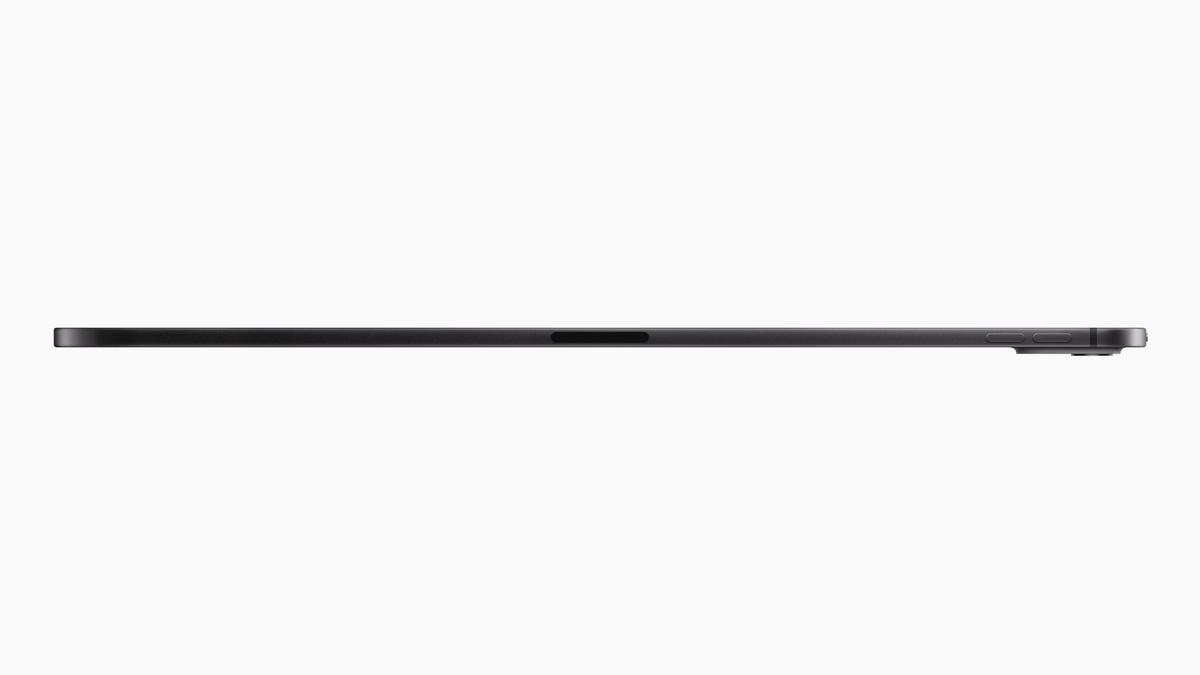
The 13-inch ipad Pro measures 5.1 mm, which is thinner than the iPod Nano by 11mm and thinner than its predecessor by 8mm. The iPad Pro 11-inch version measures 5.3 mm.
| Photo Credit:
Special arrangement
The launch took place in London’s historic Battersea Power Station building, which is also the company’s UK headquarters, and millions of people across the globe were able to livestream the special event on YouTube. A select few global media and content creators received invitations for the occasion, which was an interesting break from the company’s events that typically happen at its California headquarters in Cupertino.
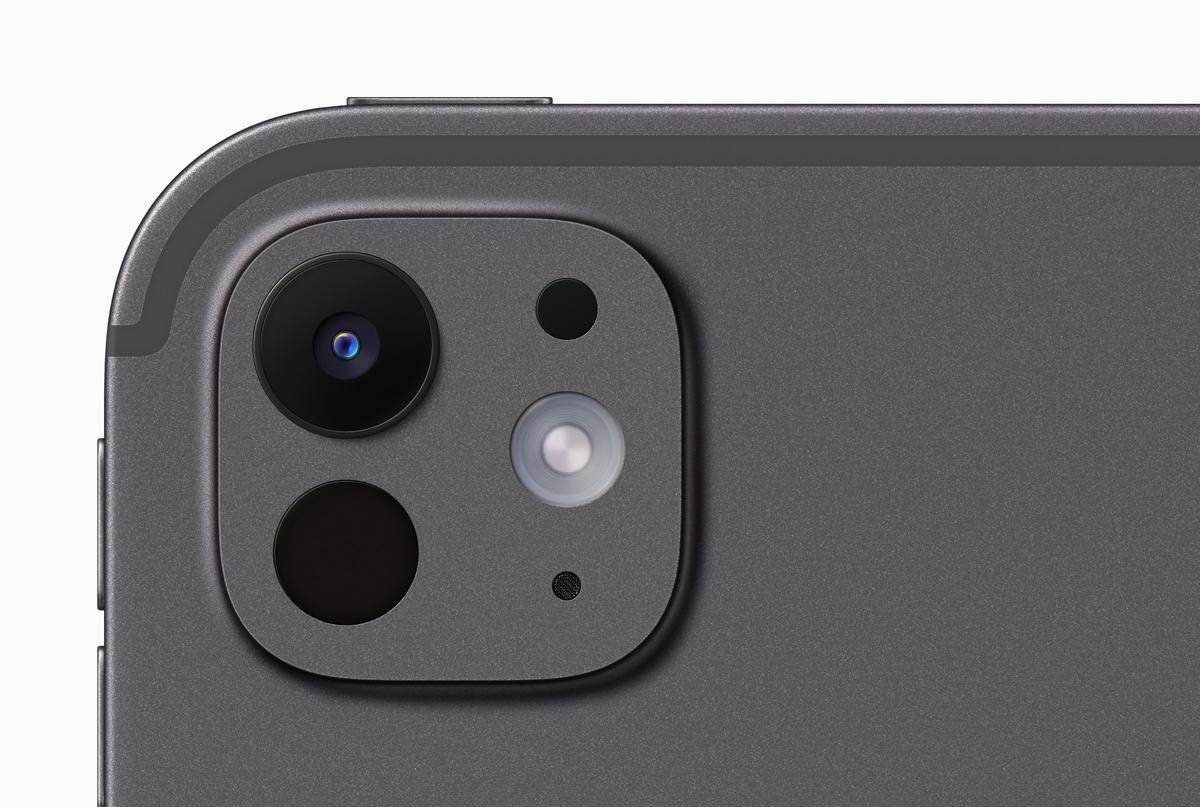
The camera’s position from portrait edge to landscape edge makes it ideal for video calls
| Photo Credit:
Special arrangement
The new device comes in two sizes: 11 inches and 13 inches; the latter has an expansive screen space for creative tasks, like sketching, colouring editing 4K videos or making music. The 13-inch ipad Pro measures 5.1 mm, which is thinner than the iPod Nano by 11mm and thinner than its predecessor by 8mm. The iPad Pro 11-inch version measures 5.3 mm. Another long-awaited change is the camera’s position from portrait edge to landscape edge, making it ideal for video calls.
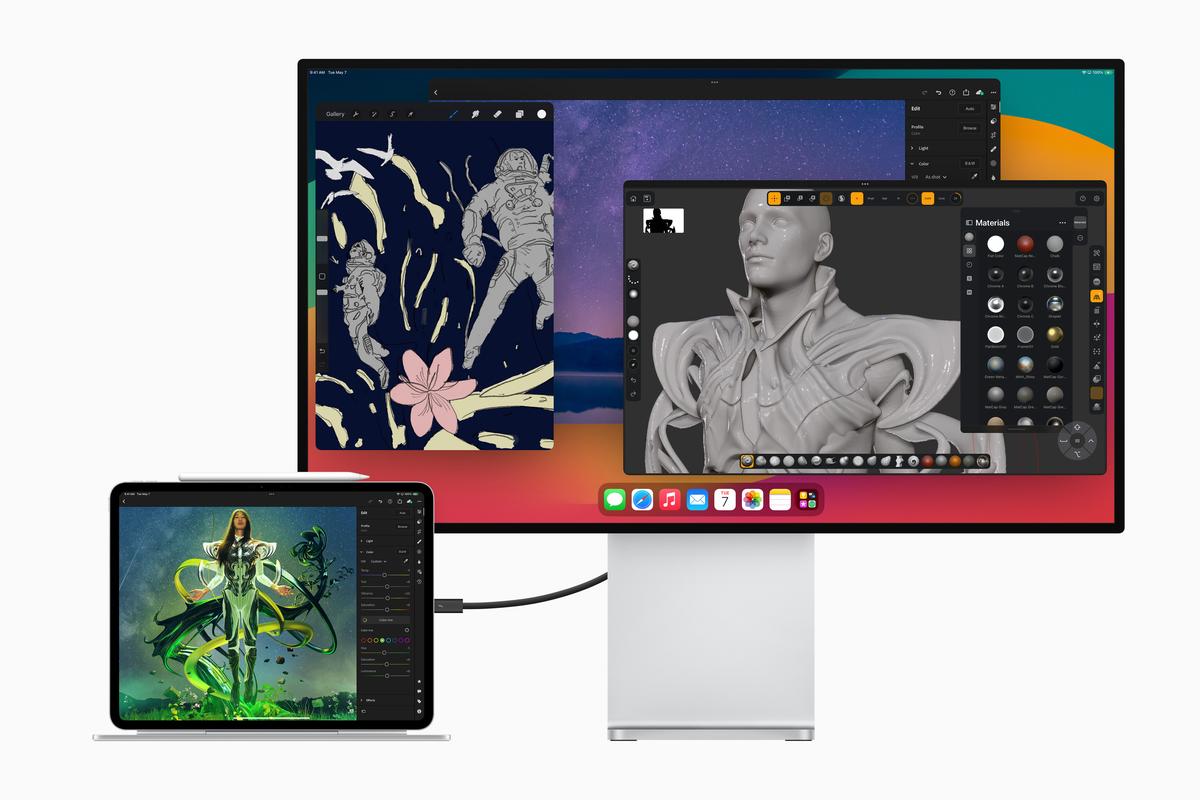
Apple iPad Pro Stage Manager
| Photo Credit:
Special arrangement
It also features a major leap in performance. While we were expecting an upgrade from M2 chip to M3 chip, the manufacturer packed a punch with M4 chip , making its CPU performance 1.5 times faster and more powerful than its predecessor. To put it simply, this chip can deliver the same performance as a PC with the same chip, using quarter the power.
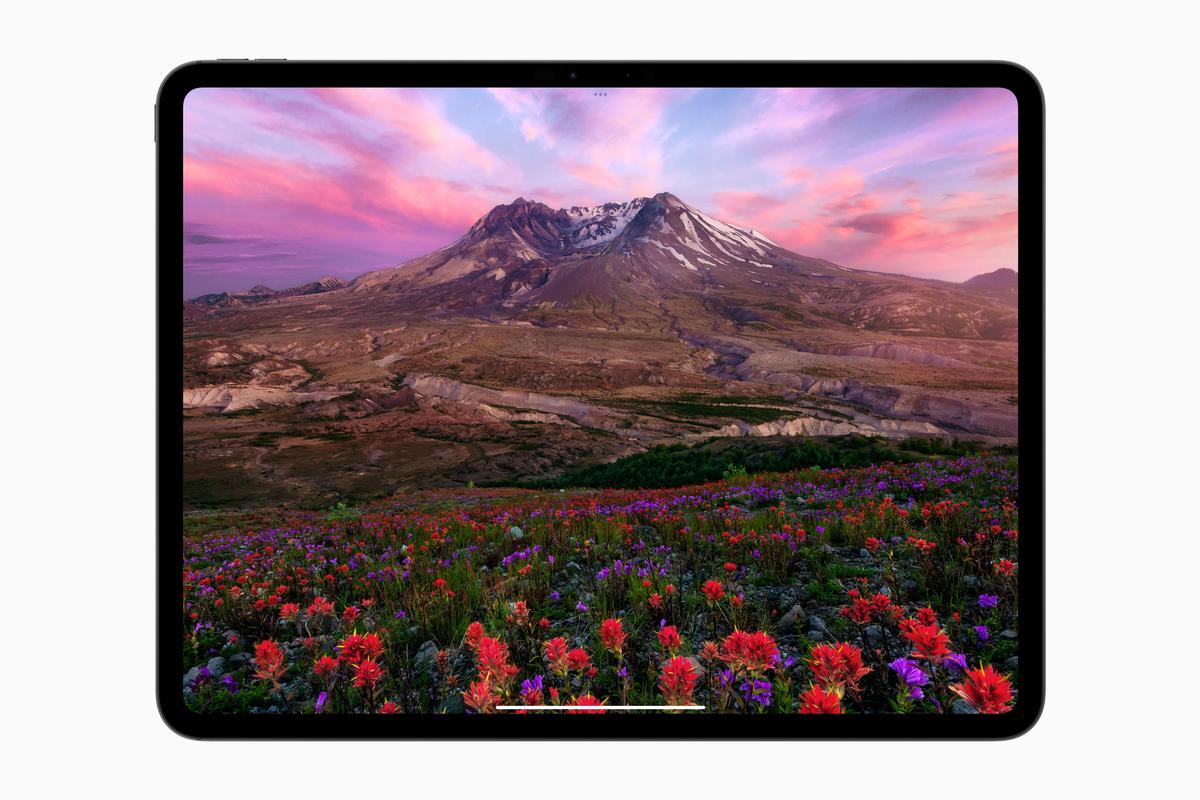
The device comes with what Apple describes as the world’s most-advanced display, bringing the OLED technology to the Ultra Retina XDR format.
| Photo Credit:
Special arrangement
The device comes with what Apple describes as the world’s most-advanced display, bringing the OLED technology to the Ultra Retina XDR format. Artificial Intelligence (AI) is a significant talking point here and, for me, the device’s scan feature stands out — the range uses AI while scanning and can eliminate shadow from the scan, with an adaptive flash, when required. During video edits, AI plays an important part — for instance, I was able to isolate a subject from its background, while simultaneously editing a video using Final Cut Pro’s Scene Removal feature.
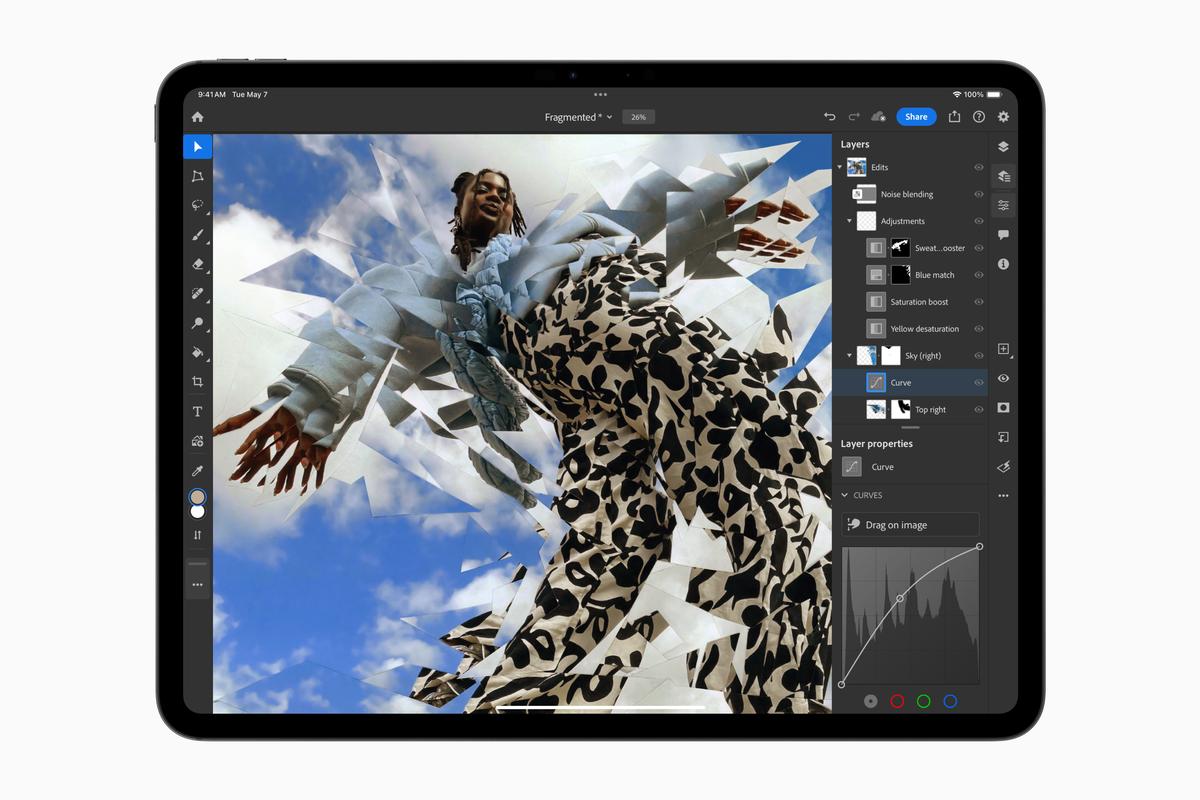
Artificial Intelligence (AI) is a significant talking point here and, for me, the device’s scan feature stands out
| Photo Credit:
Special arrangement
Two ancillary devices that see a significant upgrade are the Magic Keyboard with its sturdy aluminium finish, a larger trackpad and an added function key above the QWERTY — and the Apple Pencil Pro — its new ‘squeeze’ feature to change different functions as well as haptic responses for a more interactive writing, sketching or design experience — are definitely worth the upgrade.
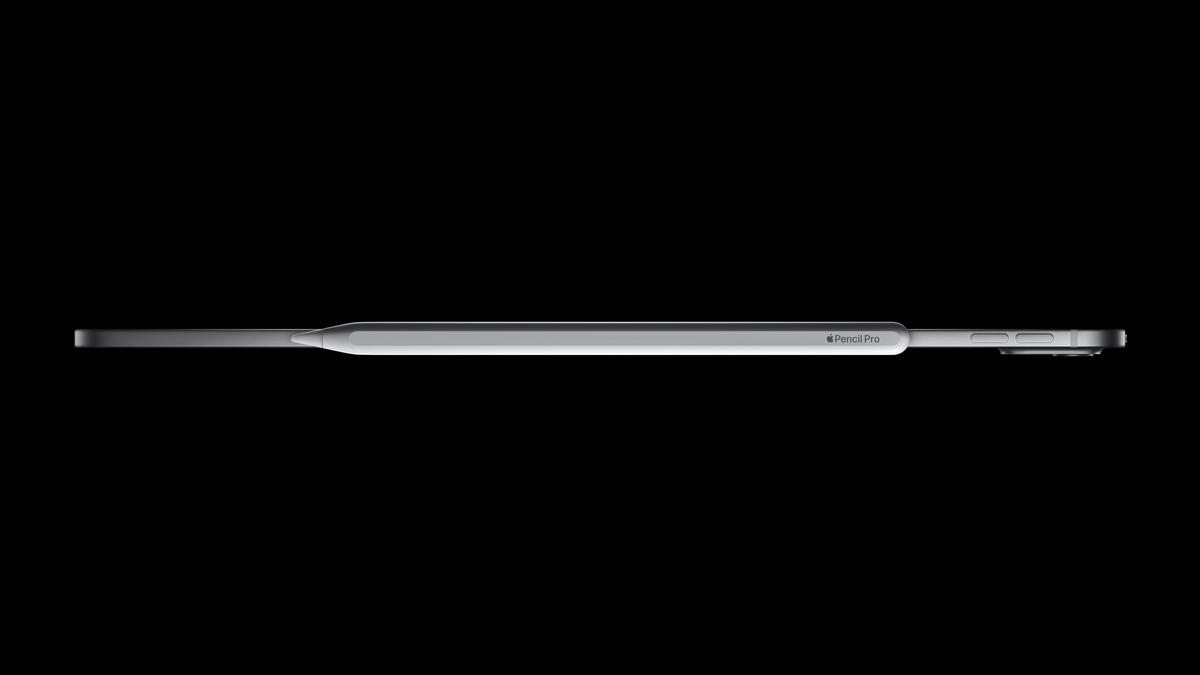
The Apple Pencil Pro
| Photo Credit:
Special arrangement
John Ternus, senior vice president of Hardware Engineering at Apple, highlights the device’s “breakthrough Ultra Retina XDR display, next-level performance of M4, incredible AI capabilities, and support for the all-new Apple Pencil Pro and Magic Keyboard.”
Our take
The lines between an iPad Pro and a MacBook experience are getting blurred, especially when used in conjunction with accessories like the Magic Keypad. The ideal user for this device would be presumably someone with graphic-heavy or edit-heavy tasks — like a fashion designer, musician, a graphic artist or even a filmmaker with heavy 4K edits that the M4 carries out in a most sprightly fashion. In this new avatar the Pro is likely to find many takers in this segment, given its ultra-portability and sleek design.
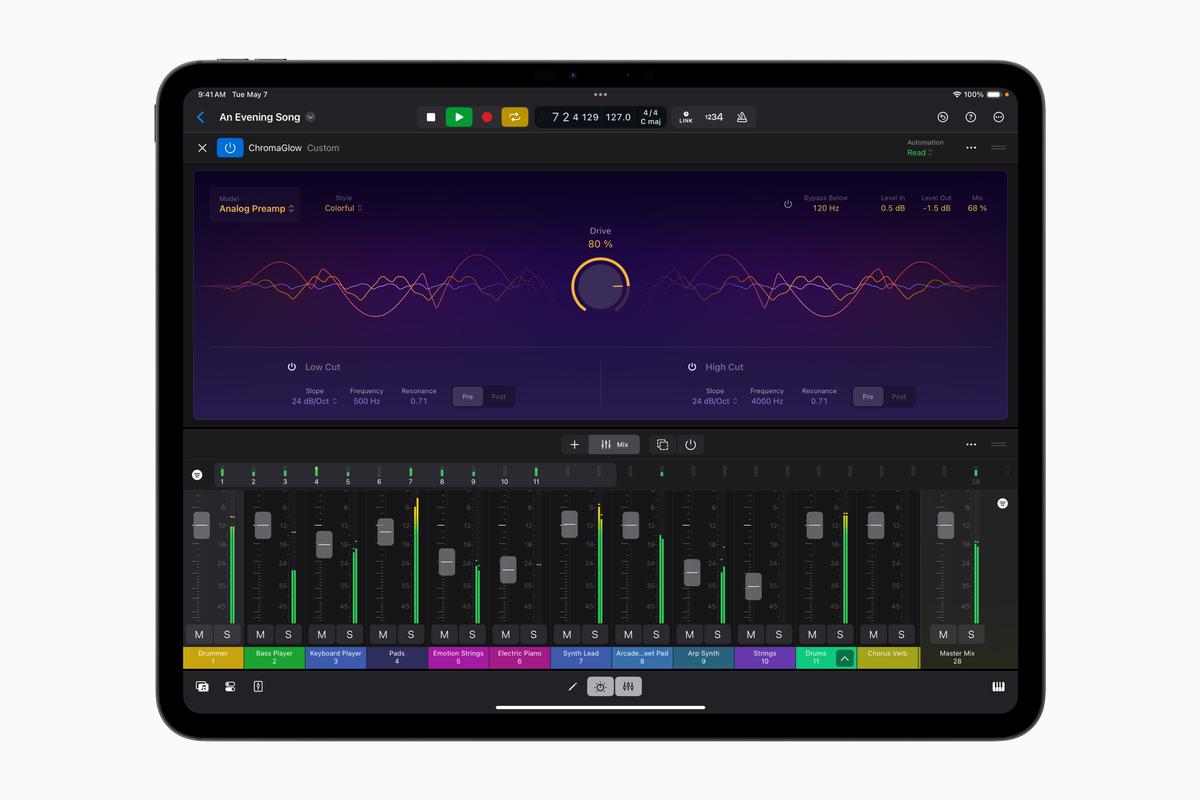
Professionals in the music and media space will find the newly optimised apps highly engaging
| Photo Credit:
Special arrangement
Professionals in the music and media space will find the newly optimised apps highly engaging. Logic Pro for iPad 2 is a studio assistant that uses the iPad Pro’s performance capabilities to create and edit music quite seamlessly. Similarly, Final Pro Cut for iPad 2 transforms your device into a professional edit studio, with features like Live Multicam, and you can connect up to four iPads simultaneously as you work on edits.
The 11-inch model starts at ₹99,900, the 13-inch model starts at ₹1,29,900. The Apple Pencil is priced at ₹10,900, while the Magic Keyboard is priced at ₹29,900 and ₹33,900, at Apple retailers and on Apple’s India website.
#Apples #thinnest #iPad #chip #OLED #technology #Magic #Keyboard
